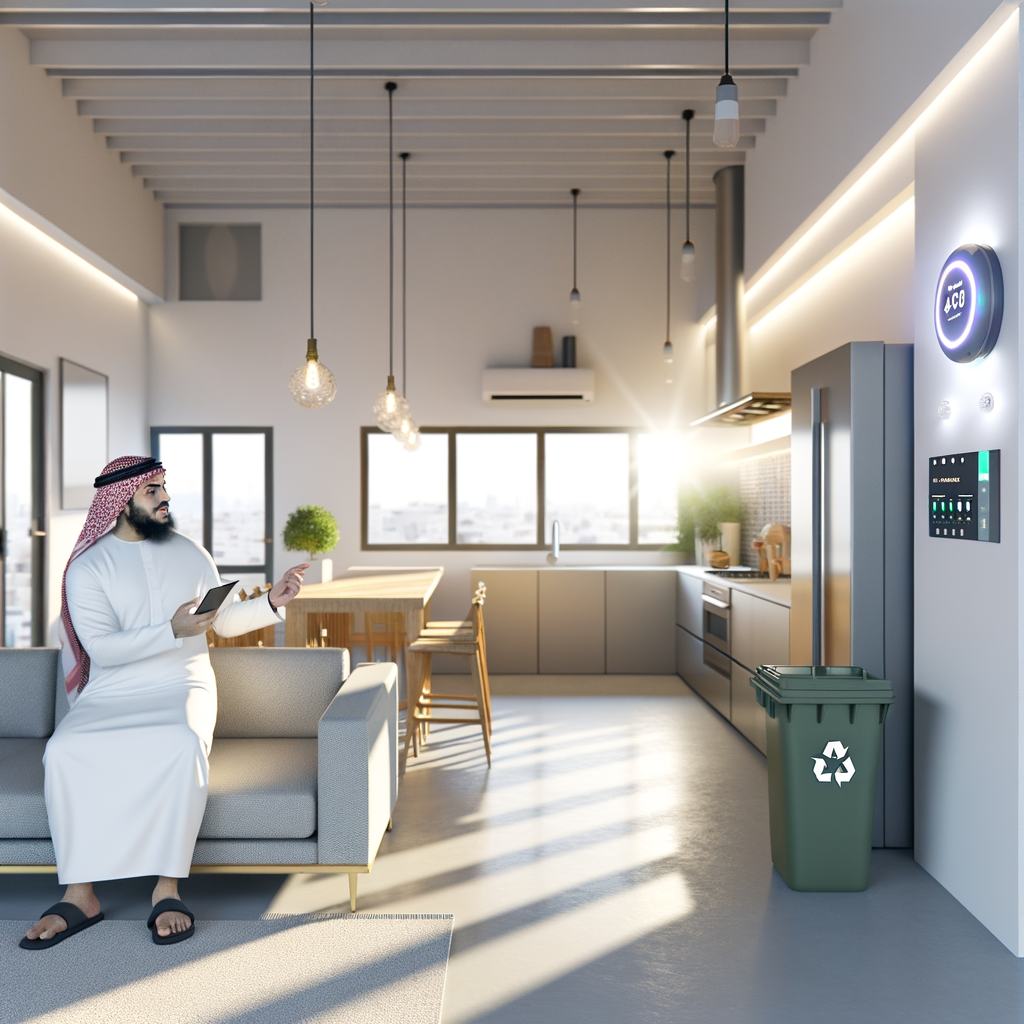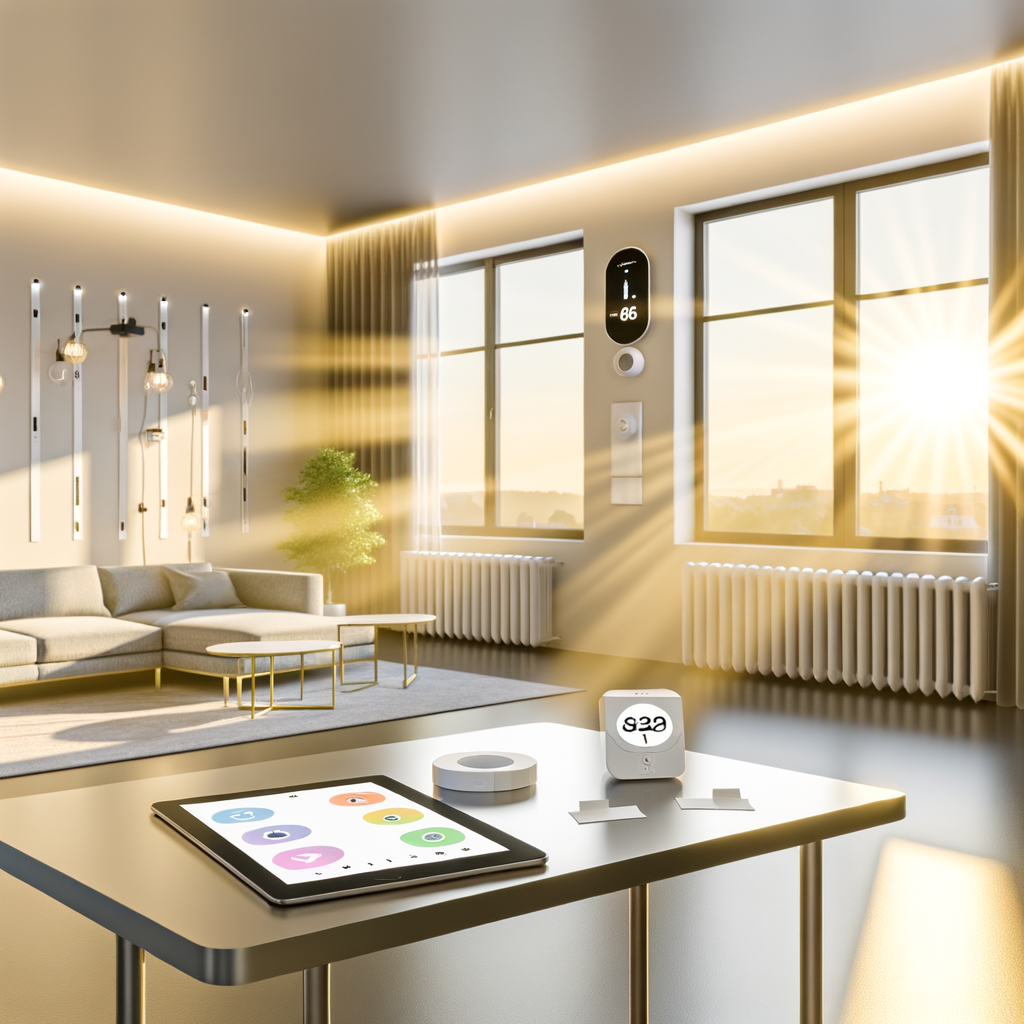Myth-Busting Smart Homes: 7 Common Misconceptions Renters Have About Eco-Friendly Tech
Smart home technology is no longer just a futuristic concept—it’s here and transforming how we live, even in rented apartments and homes. However, many renters hesitate to embrace eco-friendly smart home tech due to lingering myths about cost, complexity, and suitability for non-homeowners.
In this comprehensive guide, we’ll break down the top seven myths renters have about smart, sustainable living. Plus, we’ll offer actionable tips you can use today to make your space greener, smarter, and perfectly tailored to a rental lifestyle.
Why Smart Home Tech Matters for Renters
Smart home devices aren’t just about convenience; they also help save money, reduce waste, and lower your carbon footprint. From energy-efficient thermostats to intelligent lighting and water savers, today’s eco-friendly gadgets can often be installed without drilling holes or rewiring—making them renter-friendly.
Yet, myths persist. Let’s shatter them one by one.
Myth #1: “Smart Home Tech Is Only for Homeowners”
Reality: Renters Have More Options Than Ever
- Plug-and-play devices: Many smart devices are fully portable and require no permanent installation. Examples include smart plugs, Wi-Fi-enabled lights, and battery-powered sensors.
- No drilling required: Adhesive strips, removable mounting options, and wireless connectivity make it easy to add tech without upsetting your landlord or losing your security deposit.
- Easy uninstallation: Moving? Most smart tech can move with you in minutes, leaving no trace behind.
Actionable tip: Before buying, double-check for installation requirements and look for terms like “renter-friendly” or “tool-free setup.”
Myth #2: “Eco-Friendly Smart Tech Is Too Expensive”
Reality: Costs Have Dropped—and Savings Add Up
- Budget-friendly options: Entry-level smart bulbs, plugs, and energy meters are now very affordable (often $10–$30 apiece).
- Energy savings: Devices like smart thermostats and power strips can reduce energy bills by 10–23%, paying for themselves over time.
- DIY setup: Most gadgets don’t require professional installation.
Actionable tip: Start small—replace just one bulb or outlet to see the impact before upgrading other devices.
Myth #3: “Setting Up Smart Devices Is Too Complicated for Renters”
Reality: User-Friendly Apps and Voice Assistants Make Setup Simple
- Guided setup: Most smart devices come with easy, step-by-step instructions via mobile apps.
- No hub required: Many products connect directly to your Wi-Fi or smartphone, eliminating the need for a central hub.
- Voice control: Smart speakers (like Alexa or Google Nest) integrate seamlessly and make daily use intuitive.
Actionable tip: Choose brands with strong customer support and lots of online tutorials (e.g., Philips Hue or Kasa Smart).
Myth #4: “I Can’t Save Energy Because I Can’t Change Major Systems”
Reality: Small Devices Can Make a Big Difference
- Smart plugs and power strips: Cut off power to devices that continue to draw energy in standby mode (“energy vampires”).
- LED smart bulbs: They use at least 75% less energy than incandescent bulbs and last much longer.
- Water-saving smart devices: Faucet aerators, leak detectors, and efficient shower heads can reduce water waste without plumbing changes.
- Portable smart thermostats: In some rentals, portable or adhesive-backed smart thermostats are allowed.
Actionable tip: Ask your landlord for permission before making changes to large appliances, but focus on plug-and-play solutions first.
Myth #5: “I’ll Lose My Deposit if I Install Smart Home Tech”
Reality: Choose Non-Invasive, Removable Products
- No drilling, nails, or screws: Choose products designed for easy removal and minimal damage (adhesive hooks, suction mounts, or magnetic holders).
- Temporary window and door sensors: Many security gadgets are built to peel off cleanly, leaving no mark.
- Leave it or take it: If your landlord loves your upgrades, you might improve your odds of a positive reference (or even a rent incentive for leaving devices behind).
Actionable tip: Always keep setup instructions and original packaging if you plan to uninstall devices when you move.
Myth #6: “Smart Home Tech Isn’t Secure and Exposes My Privacy”
Reality: Major Brands Prioritize Security—But You Need Good Habits
- Encrypted communication: Reputable brands use strong cybersecurity protocols.
- Password hygiene: Use unique, complex passwords for smart devices. Enable two-factor authentication where possible.
- Firmware updates: Update your apps and devices regularly to patch vulnerabilities.
- Control sharing: Limit device access to trusted family or roommates, and remove users if someone moves out.
Actionable tip: Buy from established brands and always review app permissions before installing.
Myth #7: “Smart Home Features Don’t Really Make Life Greener”
Reality: Even Basic Automations Can Have a Major Cumulative Effect
- Routine schedules: Automate lights to turn off during the day or when you leave a room.
- Energy reports: Check your real-time energy use and adjust habits with granular data from some smart plugs and thermostats.
- Leak alerts: Prevent major property damage (and water waste) with early detection from Wi-Fi-connected sensors.
- Remote control: Forgot to turn off the AC or the lights after leaving? Smart apps make it easy to fix from anywhere, saving energy (and money).
Actionable tip: Use built-in routines (“Good Night”, “Away Mode”, etc.) in your smart home app to automate greener behaviors with little effort.
Choosing the Right Eco-Friendly Smart Devices as a Renter
Picking devices that suit your lifestyle and living space is key. Here are some tips for a successful smart home setup in your rental:
- Focus on flexibility: Portable and Wi-Fi-based devices are ideal. Avoid anything requiring hardwiring unless your landlord permits it.
- Start with high-impact devices: Smart plugs, LED bulbs, and basic thermostats offer the best balance of cost, savings, and convenience.
- Check compatibility: Ensure your Wi-Fi, smartphone, and (if you use them) smart speakers can support your chosen products.
- Read the reviews: Fellow renters often mention whether products are easy to install and remove.
Practical Steps to Upgrade Your Rental Sustainably
Ready to make your space smarter and greener? Here’s a simple checklist:
- Audit your energy use: Use smart plugs to monitor high-drain devices. Identify what you can upgrade or unplug.
- Start small: Swap out one or two frequently used bulbs and outlets with smart versions.
- Automate routines: Set schedules for lights, fans, and electronics for maximum efficiency.
- Track progress: Many smart apps let you monitor savings over time—motivation to keep going.
- Get approval when needed: If you’re looking at thermostats or anything involving wiring, ask your landlord.
- Invest for the future: Take portable tech with you when you move—your new place can be smart and eco-friendly from day one!
Frequently Asked Questions About Smart Home Tech for Renters
Are there smart thermostats safe for renters?
Yes! Many smart thermostats offer adhesive or portable mounting so you don’t have to drill holes. Always check with your




